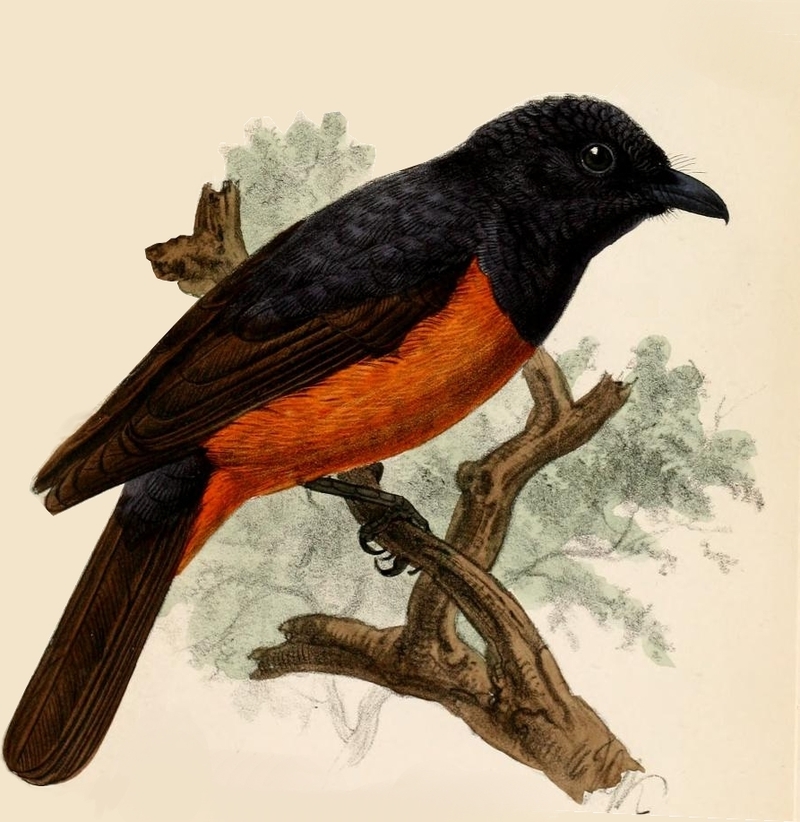|
| Query: bird | Result: 3569th of 32675 | |
Pomarea castaneiventris = Monarcha castaneiventris, Chestnut-bellied Monarch
| Subject: | Pomarea castaneiventris = Monarcha castaneiventris, Chestnut-bellied Monarch
| | Poster: | Wiki Photos (---@---.---)
| |

| Resolution: 893x917
File Size: 423951 Bytes
Upload Date: 2023:04:15 11:27:35
|
|
|